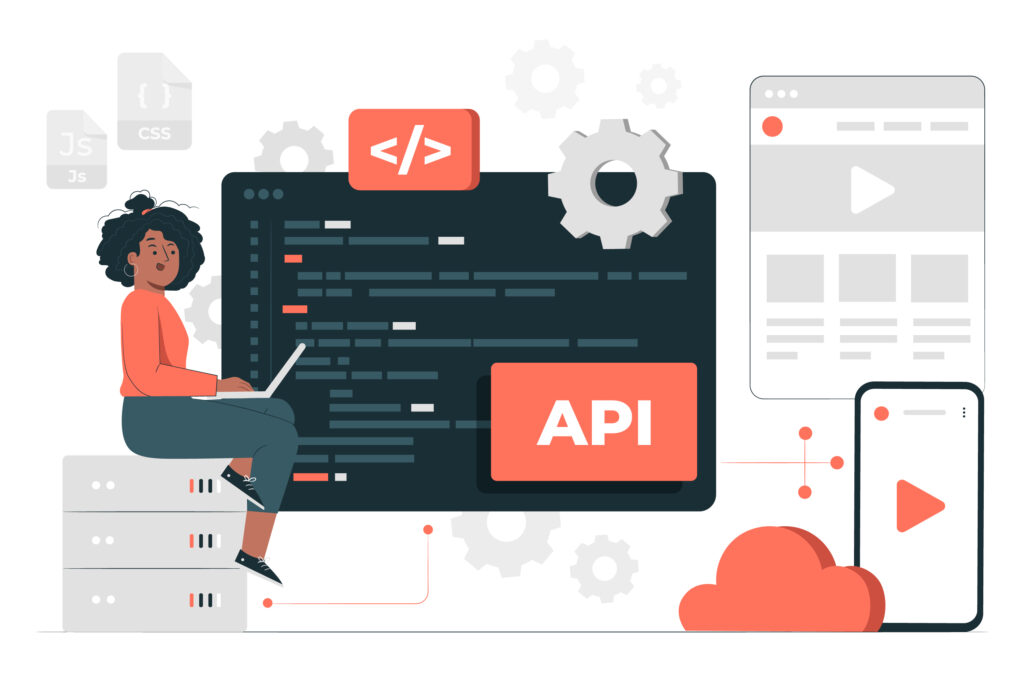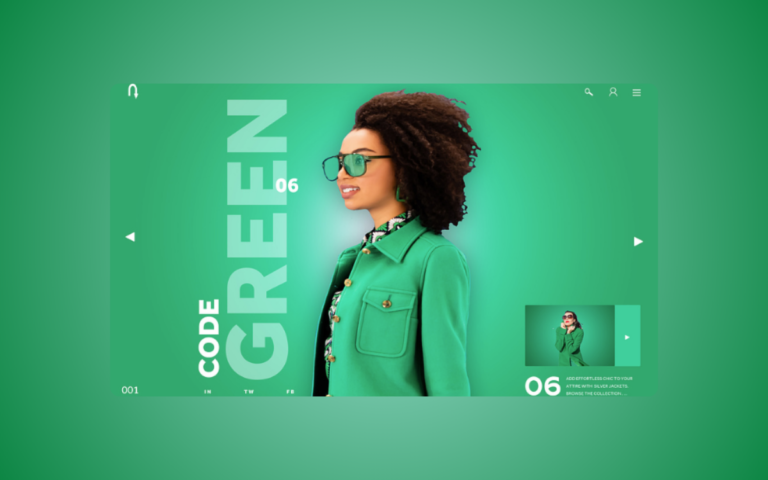
INTRODUCTION
The web is only getting better every single day, with each new browsers release bringing with it a host of exciting new features. It would be crazy to think that within the next 12 months, we’ll see a new version of the most widely-used browser for desktop and mobile devices. As a result, we now have access to a whole range of new and improved user experience APIs that can help developers build better websites and applications faster. The most visible example of this can be found in modern web browsers themselves. Browsers have also increasingly introduced functionality into their user interfaces that previously required third-party plugins or extensions. This makes it easier for users to browse websites and apps by using the convenient shortcuts found in the omnibussiness of modern browsers. But what are these APIs all about? How do you know if they’ll benefit your project or not? Let’s take a quick look at what the latest browser API release means for you as an aspiring developer, then get straight into how you can leverage them in your own projects:
What are Browser APIs?
The most visible example of this can be found in modern web browsers itself. Browsers have also increasingly introduced functionality into their user interfaces that previously required third-party plugins or extensions. This makes it easier for users to browse websites and apps by using the convenient shortcuts found in the omnibussiness of modern browsers. But what are these APIs all about? How do you know if they’ll benefit your project or not? Let’s take a quick look at what the latest browser API release means for you as an aspiring developer, then get straight into how you can leverage them in your own projects:
How to Use Web API in Your Development Project
One of the greatest benefits of using web APIs in your development projects is that they work in all modern browsers. You won’t have to worry about compatibility issues with the latest browser release. This makes it much easier to iterate faster and bring your apps and websites up to speed with the new standards. Let’s take a look at how this is done in practice: Get ready to code! This is good news for anyone who’s just getting started with web development. You won’t have to learn a new framework or library like noob developers do. Instead, you can use the existing APIs and benefit from the power and flexibility of the web. Now that you know what’s what, let’s get started. The first step is to know your target platform. In this example, we’ll be building a browser extension for the Chrome browser. The extension will be designed to work only in Chrome, therefore any project based on this article should use the chrome/ directory. Now that we’ve got our platform set, let’s get to the meat and potatoes of our extension—the code.
How to Use HTML API in Your Development Project
One of the great things about using HTML APIs in your development projects is that you don’t have to learn a new framework or library like noob developers do. You can use the existing APIs and benefit from the power and flexibility of the web. Now, we’ll start with the basics. The first thing you should do when using an HTML API is read the documentation. You should know exactly how the API works, and what data types are supported. For example, the following code fragment creates a simple website. The fragment includes an h1 heading, a container with a navbar, and a link to the homepage: html> head> meta charset=”utf-8″> title>Example website/title> link rel=”shortcut icon” href=”https://favicon.ico”>/head> body> h1>Hello World!/h1> div> a href=”#” onclick=”window.location.href=this.href;return false;” >Click Me!”> /div> a href=”#” onclick=”window.location.href=this.href;return false;” >Click Me!”> /body> /html>
How to Use CSS API in Your Development Project
Another great thing about using CSS API in your development projects is that you don’t have to learn a new framework or library like noob developers do. You can use the existing APIs and benefit from the power and flexibility of the web. Cascading Style Sheets (CSS) are the language of the web—so much so that many consider it to be a part of the HTML5 language. link> tags refer to style rules and are used to add new styles to a page. Now, let’s get to some code: The first thing you should do when using a CSS API in your development project is look it up in the documentation. You should know exactly how the API works and what data types are supported. For example, the following code fragment creates a simple website. The fragment includes an h1 heading, a body with a navbar, and a link to the homepage: h1 {color: #000000;font-family: georgia;font-size: 16px;line-height: 1.6;letter-spacing: 1px;text-align: center;} body {background-color: #fff;margin: 10px 20px;padding: 20px;} header {background-color: #fbfcfa;} nav {background-color: #fbfcfa;} .footer {background-color: #fbfcfa;}
CONTACT US
- Email Info@Devlofox.com
- Phone: +91 7982436893
- Website Development Company In Delhi Netaji Subhash Place, Pitampura




